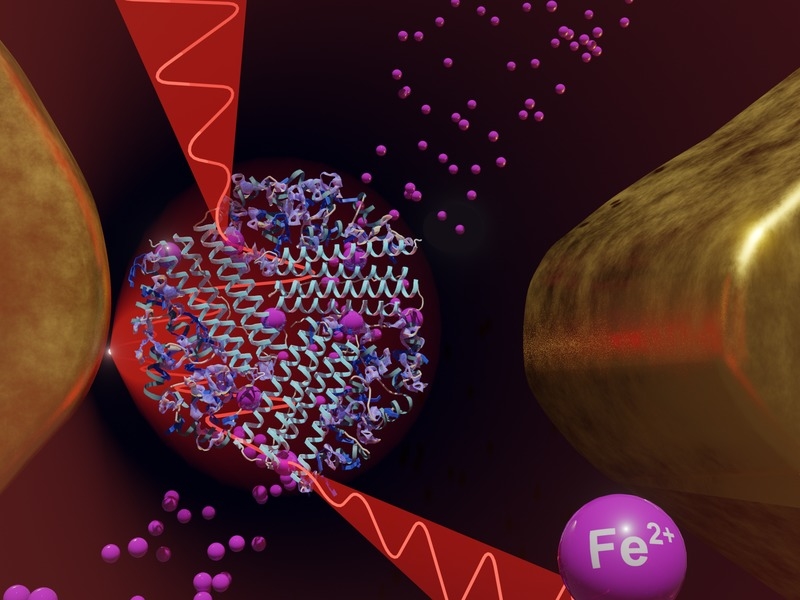UK researchers have developed technology that makes it possible to isolate and study how a single protein – which is 10,000 times thinner than a human hair – behaves and changes over time.
The scientists suggest the findings could help better understand proteins linked to conditions like anaemia or Parkinson’s, and how they might respond to certain treatments.
Because changes to proteins – the building blocks of life – occur before symptoms of illness, their work could make it possible to identify and treat a range of diseases much earlier, potentially improving survival rates, researchers say.
“We can look at lots of proteins and see how they react to different drugs.
“In the future this breakthrough could play a key role in improving survival rates and reducing healthcare costs.
“There has previously been no tool to enable us to study proteins in this way without destroying them.”
The study by NTU researchers involves a very high concentration of light which, when passed through a specifically engineered nano structure, generates the right amount of force to grasp and hold a single protein within the fluid without damaging it.
The tiny structure is made of a slice of gold that has two small holes in it which are connected to form a shape like the number eight. The protein is trapped in the connection point of the two loops of the eight.
According to the study, published in the Nano Letters journal, the technology is able to detect how the light is scattered.
Researchers can then analyse this data to reveal how the protein is behaving in real-time.
As the technique can mimic the body by altering factors such as salt concentration, pH or oxygen levels, the protein is studied in its natural liquid environment.
Lead researcher Dr Cuifeng Ying, from NTU’s School of Science and Technology, said: “To be able to see things beyond your eyesight, you first need the right technology. Our nanostructure enables us to observe proteins at the nano-scale.”
She added: “Lots of proteins are linked to disease. If we can see the root problem then we can potentially treat them better and earlier.”
As a proof of concept, the researchers studied ferritin – a protein in the blood which stores and releases iron to prevent diseases associated with iron dysregulation, such as anaemia.
During the study they were able to distinguish between the ferritin with iron and without.
This was because the data revealed differences in their weight and movement, and even the point at which the ferritin without iron began capturing and storing iron.
The study also involved the University of Nottingham and the Adolphe Merkle Institute at the University of Fribourg in Switzerland.






